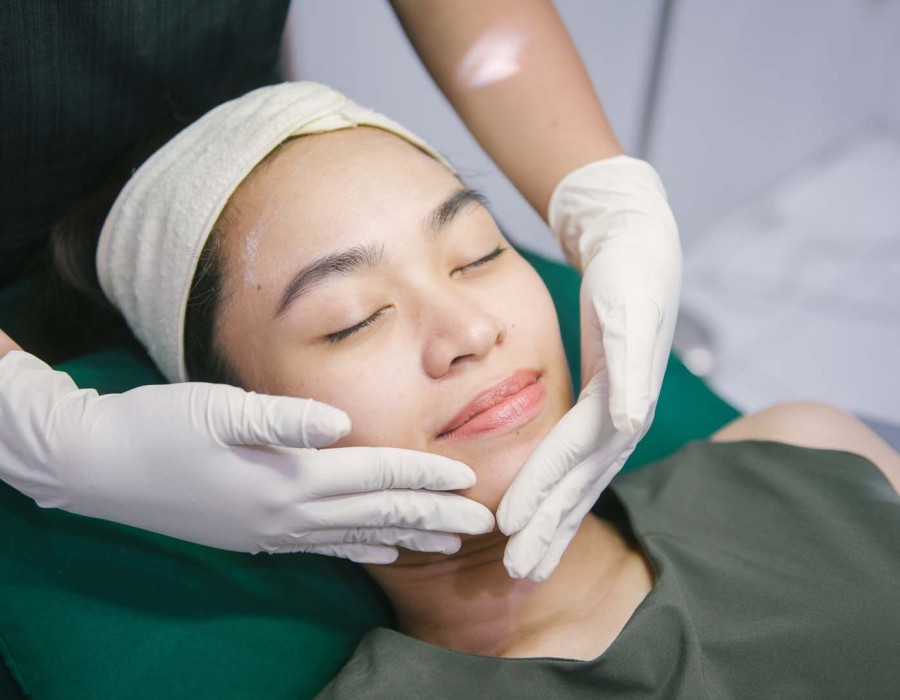Topical treatments for Warts Removal in Dubai involve applying medication directly to the wart to eliminate it. These treatments are often used as a first-line approach for various types of warts, including common warts, plantar warts, and genital warts. In this article, we will explore different types of topical treatments, how they work, their benefits and limitations, and the necessary post-treatment care.
What Are Topical Treatments?
Overview of Topical Treatments
Topical treatments are medications applied directly to the wart to dissolve or destroy the wart tissue. These treatments come in various forms, including creams, gels, and solutions, and are typically available over-the-counter or by prescription. They work by either breaking down the wart tissue, stimulating an immune response, or both.
Types of Topical Treatments
- Salicylic Acid: One of the most common and widely available topical treatments, salicylic acid works by gradually dissolving the wart tissue. It is typically used for common warts and plantar warts and is available in various formulations, including pads, liquids, and gels.
- Imiquimod: Imiquimod is a prescription topical treatment that works by stimulating the immune system to fight the wart. It is often used for genital warts and some other types of warts and is available in cream form.
- Podophyllin: Podophyllin is another prescription topical treatment that works by destroying the wart tissue. It is used primarily for genital warts and is applied in a healthcare setting.
How Topical Treatments Work
Mechanism of Action
Topical treatments work through different mechanisms depending on the type of medication:
- Salicylic Acid: Salicylic acid works by breaking down the keratin protein in the wart. It causes the outer layers of the wart to dissolve gradually, allowing the wart to be removed over time. The treatment is typically applied daily, and the wart gradually disappears as the acid dissolves the tissue.
- Imiquimod: Imiquimod stimulates the immune system to produce interferon, a protein that helps the body fight the wart virus. The immune response helps to clear the wart over time. Imiquimod is usually applied several times a week, depending on the treatment plan.
- Podophyllin: Podophyllin works by directly destroying the wart tissue. It is applied to the wart in a healthcare setting, and the treatment causes the wart tissue to break down and eventually slough off.
Treatment Procedure
- Preparation: The area around the wart is cleaned and dried before applying the topical treatment.
- Application: The medication is applied directly to the wart according to the product instructions or healthcare provider's recommendations.
- Post-Treatment: The treated area is monitored for any immediate reactions, and patients receive instructions for care to ensure effective treatment and minimize side effects.
Advantages of Topical Treatments
Non-Invasive
Topical treatments are non-invasive, making them a convenient option for individuals seeking to avoid more aggressive procedures. They can be applied in the comfort of one's home, reducing the need for frequent medical visits.
Easy to Use
Topical treatments are generally easy to use and come in various formulations, such as creams, gels, and pads. This allows patients to choose a method that best suits their preferences and lifestyle.
Effective for Superficial Warts
Topical treatments are particularly effective for superficial warts, including common warts and plantar warts. They work by targeting the outer layers of the wart and gradually breaking down the tissue.
Limitations and Side Effects
Incomplete Removal
One limitation of topical treatments is that they may not always achieve complete wart removal, particularly for larger or more resistant warts. Multiple applications or additional treatments may be necessary for optimal results.
Skin Irritation
Topical treatments, especially those containing salicylic acid, can cause skin irritation, including redness, dryness, and peeling. This irritation is usually temporary and resolves as the skin heals.
Time-Consuming
The effectiveness of topical treatments often requires consistent and prolonged application. This can be time-consuming and may require patience as the wart gradually responds to the treatment.
Post-Treatment Care
Aftercare Instructions
After applying a topical treatment, it is important to follow the product instructions or healthcare provider's recommendations. This typically includes keeping the treated area clean and dry and avoiding excessive moisture or friction.
Managing Irritation
If irritation occurs, applying a gentle moisturizer to the affected area may help alleviate dryness and discomfort. Avoid using harsh or irritating products on the treated area.
Monitoring for Progress
Regularly monitor the wart for signs of improvement or any adverse reactions. If the wart does not show signs of improvement or if new warts develop, consult a healthcare provider for further evaluation and potential alternative treatments.
Conclusion
Topical treatments offer a non-invasive and convenient option for removing warts, particularly for those that are superficial. By applying medication directly to the wart, these treatments work to dissolve or destroy the wart tissue over time. Understanding the types of topical treatments, their benefits and limitations, and the necessary post-treatment care helps individuals make informed decisions about managing warts. Consistent application and proper care are essential for achieving the best results and minimizing potential side effects.





Comments